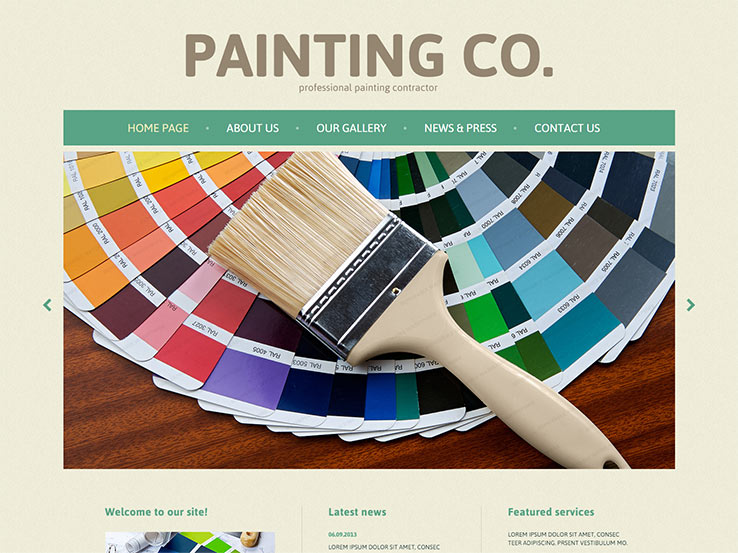Discover Exactly How Seasonal Influences Can Affect The Performance Of Commercial External Painting And Learn One Of The Most Beneficial Times To Make Sure Long Lasting Outcomes For Your Job
Discover Exactly How Seasonal Influences Can Affect The Performance Of Commercial External Painting And Learn One Of The Most Beneficial Times To Make Sure Long Lasting Outcomes For Your Job
Blog Article
Staff Author-Leach Bagger
When you're preparing a business outside painting task, seasonal aspects can make or break your results. You'll want to take into consideration just how temperature level and humidity influence paint application and drying times. Choosing the best period can guarantee your paint adheres correctly and lasts much longer. But which seasons are genuinely the most effective for this kind of job? Let's discover the key elements that can influence your task's success.
The Influence of Temperature Level on Paint Application
When you're planning an industrial external painting task, the temperature can significantly impact how well the paint adheres and dries.
Preferably, you wish to paint when temperatures range in between 50 ° F and 85 ° F. If toronto exterior painting estimate 's also cool, the paint may not heal effectively, bring about problems like peeling or breaking.
On the other side, if it's also warm, the paint can dry out also quickly, preventing proper bond and resulting in an uneven surface.
You need to also take into consideration the moment of day; early morning or late afternoon uses cooler temperature levels, which can be much more beneficial.
Always examine the maker's suggestions for the particular paint you're utilizing, as they commonly give guidance on the ideal temperature range for ideal outcomes.
Moisture and Its Impact on Drying Times
Temperature level isn't the only environmental factor that affects your business outside paint task; moisture plays a substantial function too. High moisture levels can decrease drying out times significantly, affecting the overall quality of your paint work.
When the air is saturated with moisture, the paint takes longer to cure, which can cause concerns like inadequate adhesion and a greater danger of mold development. If you're repainting on a specifically damp day, be prepared for extensive delay times between coats.
It's crucial to monitor regional weather conditions and strategy accordingly. Preferably, go for humidity levels in between 40% and 70% for optimal drying out.
Keeping these consider mind ensures your project remains on track and provides an enduring finish.
Best Seasons for Commercial Exterior Paint Projects
What's the very best time of year for your business exterior painting projects?
Spring and very early loss are commonly your best bets. Throughout these periods, temperature levels are moderate, and moisture degrees are commonly reduced, developing suitable conditions for paint application and drying out.
Prevent summertime's intense heat, which can create paint to dry also quickly, causing bad bond and coating. Likewise, winter season's chilly temperature levels can prevent proper drying out and healing, risking the durability of your paint work.
Aim for days with temperatures between 50 ° F and 85 ° F for ideal outcomes. Remember to inspect the neighborhood weather forecast for rain, as damp problems can wreck your project.
Planning around these aspects ensures your paint job runs efficiently and lasts much longer.
Final thought
To conclude, preparing your commercial exterior painting jobs around seasonal considerations can make a significant distinction in the result. By organizing work during the ideal temperatures and moisture levels, you'll make sure better attachment and drying out times. Remember to keep an eye on regional weather report and select the correct time of year-- spring and very early fall are your best choices. Taking these actions will certainly help you achieve a long lasting and specialist finish that lasts.
